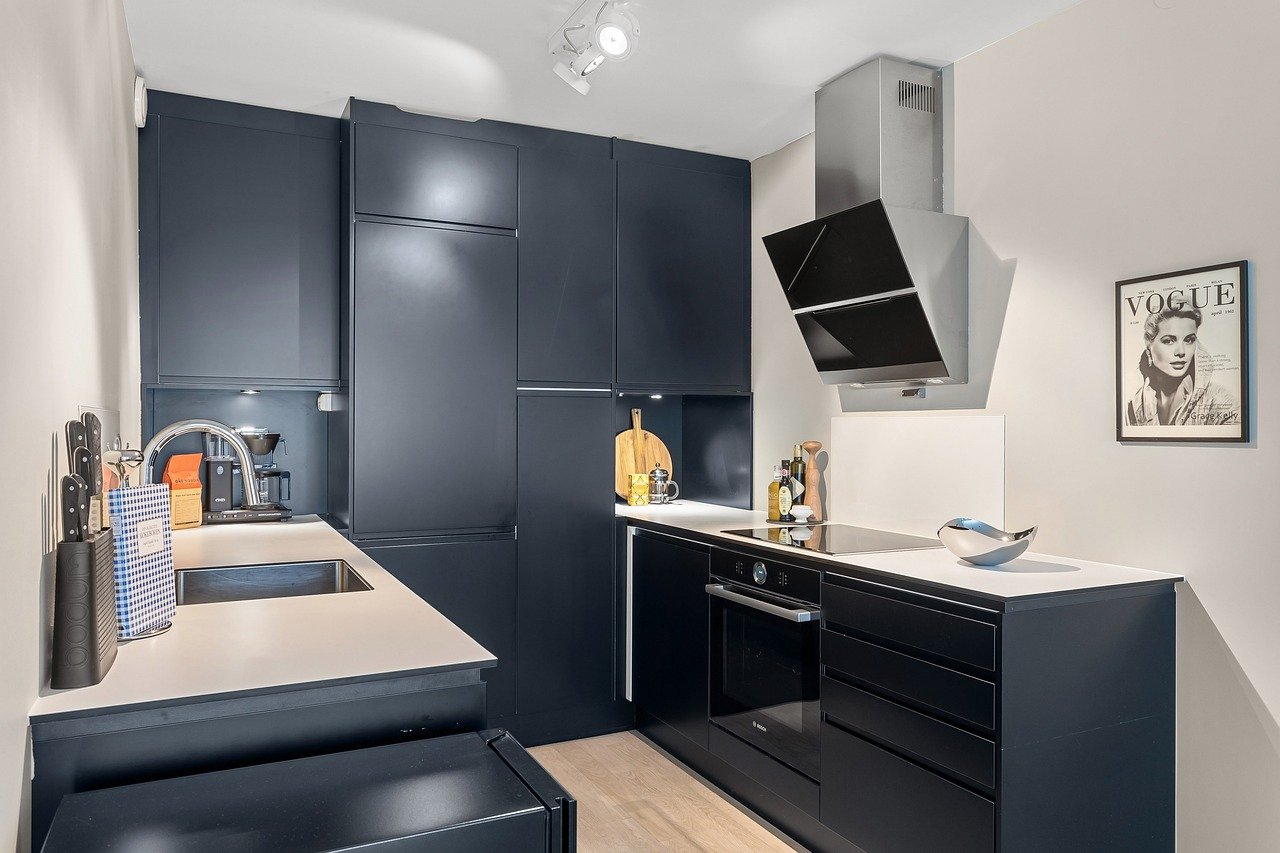Designing a Home Office with Ergonomic Furniture: Comfortable and Healthy Workspaces
When selecting an ergonomic chair, it is crucial to prioritize the support it offers for your body. Look for chairs that provide proper lumbar support to maintain the natural curve of your lower back. This can help prevent slouching and alleviate strain on your spine during long periods of sitting.
Additionally, consider the adjustability of the chair. Opt for a chair that allows you to customize the seat height, armrest height, and backrest tilt to ensure optimal comfort and support. Remember, an ergonomic chair that fits your body well can significantly reduce the risk of developing musculoskeletal issues associated with poor sitting posture.
Desk Height and Configuration: Creating a Workspace That Promotes Proper Posture
When setting up your workspace to promote proper posture, it is essential to consider the height and configuration of your desk. The ideal desk height should allow your arms to rest comfortably at a 90-degree angle while typing or writing. This helps prevent strain on your shoulders and wrists, promoting better posture throughout the day. Additionally, ensure that your desk configuration allows for easy access to commonly used items, reducing the need to twist or strain to reach them.
The layout of your workspace plays a crucial role in maintaining good posture. Arrange your desk so that your computer screen is at eye level to reduce neck strain. Keep frequently used items within arm’s reach to minimize excessive reaching or twisting. A well-organized desk can help you maintain proper posture and reduce the risk of developing musculoskeletal issues over time.
Monitor Placement: Reducing Eye Strain and Neck Pain
To reduce eye strain and neck pain, it is crucial to properly place your monitor. Position the monitor directly in front of you at eye level, ensuring that the top of the screen is at or slightly below eye level. This alignment helps to minimize the need to tilt your head up or down to view the screen, thus reducing strain on your neck muscles.
In addition to the monitor height, make sure the screen is an arm’s length away from you. This distance helps prevent eye strain by reducing the amount of focusing effort required to view the screen. Adjust the monitor angle to avoid glare from overhead lighting or windows, which can cause eye fatigue. Implementing these simple adjustments to your monitor placement can go a long way in promoting better ergonomics and reducing the risk of eye strain and neck pain.
• Position the monitor directly in front of you at eye level
• Ensure the top of the screen is at or slightly below eye level
• Keep the screen an arm’s length away from you
• Adjust monitor angle to avoid glare from overhead lighting or windows
Why is monitor placement important in reducing eye strain and neck pain?
Proper monitor placement helps to ensure that your eyes are not being strained and that your neck is not being put in an uncomfortable position, reducing the risk of eye strain and neck pain.
How should I position my monitor to reduce eye strain?
Your monitor should be positioned at eye level, about an arm’s length away from you. This helps to reduce the need for your eyes to strain or adjust to see the screen clearly.
What is the recommended distance between my eyes and the monitor?
The recommended distance between your eyes and the monitor is about 20-24 inches. This distance helps to prevent eye strain and promotes better posture.
How can I adjust the tilt of my monitor for optimal viewing?
Most monitors have adjustable tilt features that allow you to tilt the screen up or down to find the most comfortable viewing angle. Make sure the top of the monitor is slightly tilted back towards you.
Can using a monitor arm help in reducing eye strain and neck pain?
Yes, using a monitor arm can help you adjust the position and height of your monitor easily, allowing you to find the most comfortable and ergonomic viewing position to reduce eye strain and neck pain.







